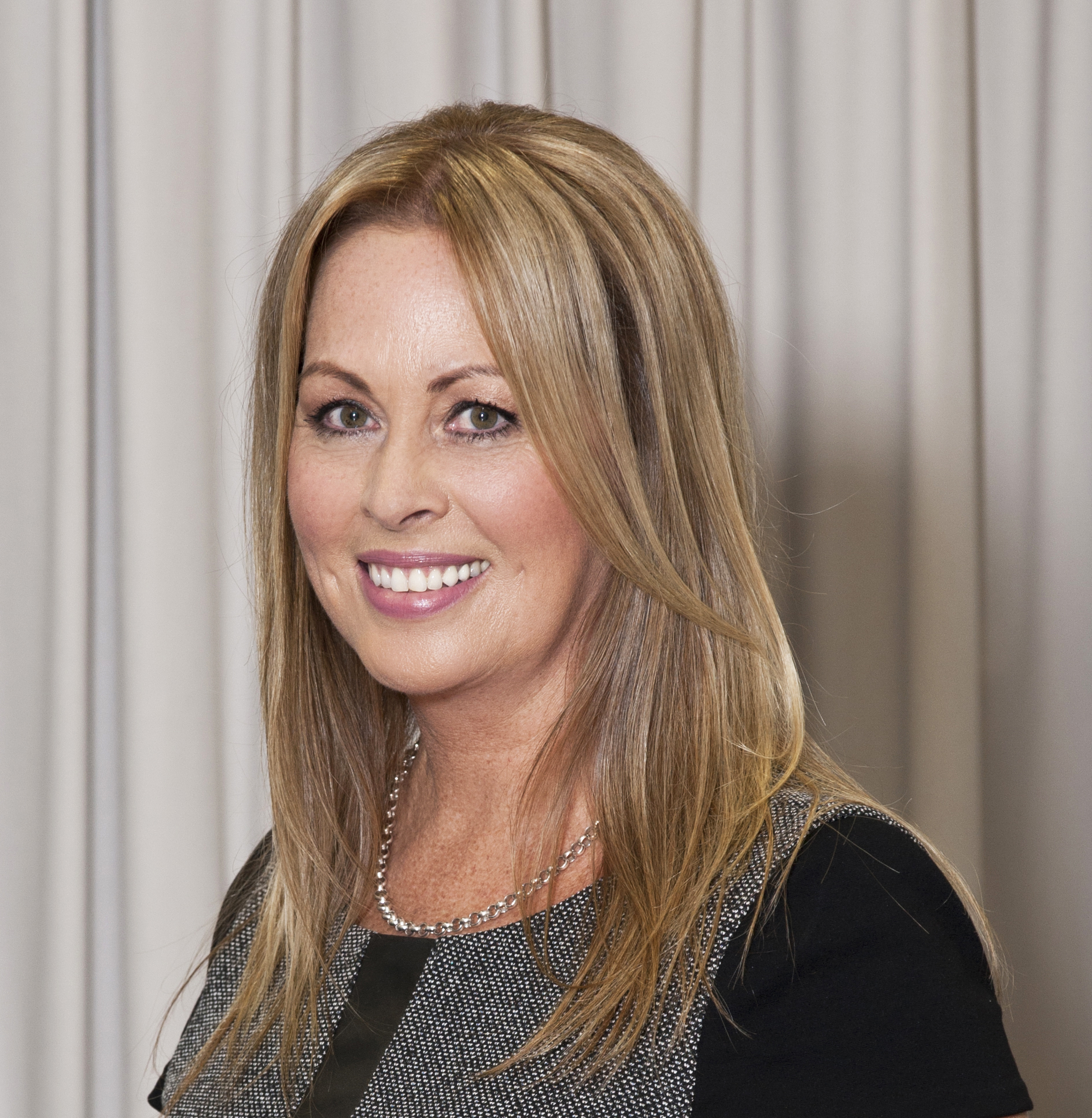byLynne Weathered – Director Griffith University Innocence Project
Many times, people have said to me “Everyone in prison says they are innocent.”The truth is, some are. We now know a little about how wrongful convictions occur — incorrect eyewitness identifications; false confessions; unreliable scientific evidence; misconduct; incentivised testimony; false accusations and more.
There are 337 DNA-based exonerations in the United States to date.[1] These people have between them, spent over 4500 years in prison.[2] In almost 50 per cent of the DNA exonerations in the United States, the real perpetrator has been uncovered through that same DNA testing.[3] And while the wrongfully convicted innocent people were in prison, the real perpetrators went on to commit further violent crimes.
Wrongful conviction is a hidden phenomenon — a thing that cannot be measured. After all, how do you do a test for wrongful conviction? Some wrongfully convicted people will be fortunate enough to have their innocence identified through DNA testing or other newly uncovered and highly probative evidence of innocence. But other individuals will remain wrongfully incarcerated because evidence of their innocence is unavailable, lost or destroyed, or they have simply no opportunity or means to pursue ‘justice’.
University-based innocence projects are one part of a larger group, many of whom are members of the Innocence Network, [4] that investigate claims of wrongful conviction – and where evidence of innocence becomes available through that investigation, attempt to have those wrongful convictions overturned.
There are three essential ingredients to university-based innocence projects: lawyers, academics and students. It is the students who offer the unique resource — a resource that enables the projects to operate as they do. My students between them dedicate well over a thousand hours each semester to investigate the cases allocated to them — all under the watchful supervision of lawyers and academics.
While the task is difficult, the learning experience for students and the proximity to the real impact of the law allows them an opportunity to realise first hand why and how things can go wrong within the criminal justice system, and the importance of their roles — and everybody’s role, within the criminal justice system.
Students also get to see that convictions — and claims of innocence — are not always black and white. In many cases and often in part due to the lack of discovery powers that would enable claims of innocence to be fully investigated, many questions will remain unanswered. Many claims left unresolved.
Reform is needed so that we can better identify and correct wrongful convictions. While innocence organisations offer an essential service, Australia needs a bigger response – such as the Criminal Cases Review Commission in the United Kingdom. Australia may have a good criminal justice system, but we need to be humble enough to recognise that it makes mistakes. It is not infallible. Nobody wins when an innocent person is in prison.
[1] Home Page (2013) Innocence Project <http://www.innocenceproject.org/ > at 9 September 2013.
[2] Factsheet: DNA Exonerations Nationwide (2013) Innocence Project <http://www.innocenceproject.org/Content/DNA_Exonerations_Nationwide.php> at 9 September 2013.
[3] Ibid.
[4] See Innocence Network. Membership in the Innocence Network. Retrieved 6 March, 2008, from http://www.innocencenetwork.org/docs/criteria_web.pdf
